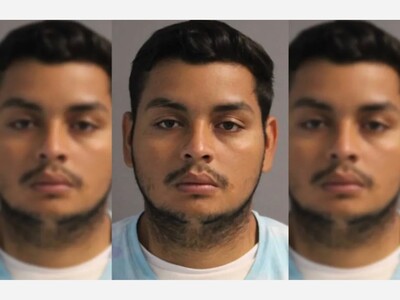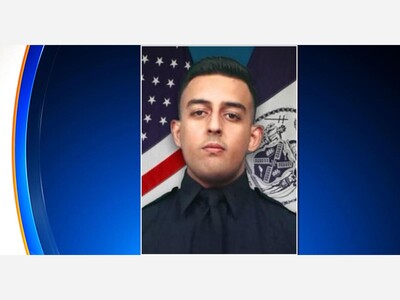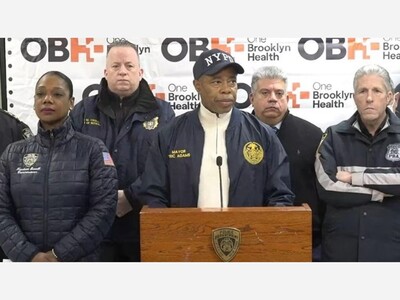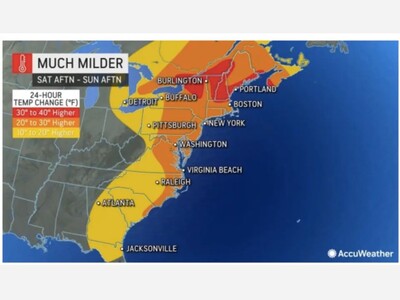Lecture about David Carll, a black Civil War veteran who was originally from Oyster Bay
The famous story of David Carll, a Black man who joined the Union side in the Civil War and then, when interracial marriage was not permitted in many places, ended up married to a Caucasian woman and living in one of Long Island's wealthier and most exclusively Caucasian regions faded into the pages of the past.
After having dinner with her family in Oyster Bay and being bombarded with stories of her great-great-grandfather for decades, Denice Evans-Sheppard made it her mission to verify these tales and to record Carll's amazing life story for generations to come.
On Friday, in observance of Black History Month, Evans-Sheppard shared a presentation about Carll, along with an Emmy-nominated short film about his life, with students from the East Woods School in Oyster Bay, a small private school for students from kindergarten through eighth grade.
Evans-Sheppard was able to locate historical records dating back to 1810 pertaining to her great-great-grandfather in a Family History Room of The Church of Jesus Christ of Latter-day Saints in Plainview. Furthermore, more documents were found in the files held by the Department of Interior.
Co-authored by her cousin, Francis S. Carl, the book "Footsteps of a Forgotten Soldier: The Life and Times of David Carll" has been an output of her long years of recounting David Carll's story in several schools, libraries, and historical organizations. An individual of a family of freed blacks, who were residents of Oyster Bay during a period when a majority of black folks were still in captivity, Carll had voluntarily enlisted himself at the age of 18 as a private in Company C of the 26th Infantry Regiment of the U.S. Colored Troops, and the war was at its last stage.
Subsequently, Carl wed Mary Louise Appleford, a Caucasian woman, for a period of 30 years. Subsequently, they invested in purchasing land in Oyster Bay, thereby creating a homestead in Pine Hollow, located in the vicinity of Route 106 and was initially denominated as Carll Hill.
For five generations, the Carll family have inhabited Oyster Bay, with renowned artist and actress Vanessa Williams had been a related family member who also spent a portion of her life there. Currently, Evans-Sheppard resides in the residence constructed by Carll in 1870 as a form of remuneration for his military service.
During renovations, Evans-Sheppard unearthed a potentially war-time artillery shell from beneath a floorboard. To facilitate the examination of the now-empty shell, it was presented to students on Friday.
It is intriguing to note that her family has resided in Oyster Bay for five generations.
Carl's story illustrates the profound influence African Americans had on the history of Long Island.
Black History is an integral part of American history and should be celebrated accordingly.
This exemplary manifestation of the American spirit has been in evidence in Oyster Bay and Long Island for a considerable period of time, with its African American population having long since been established.







